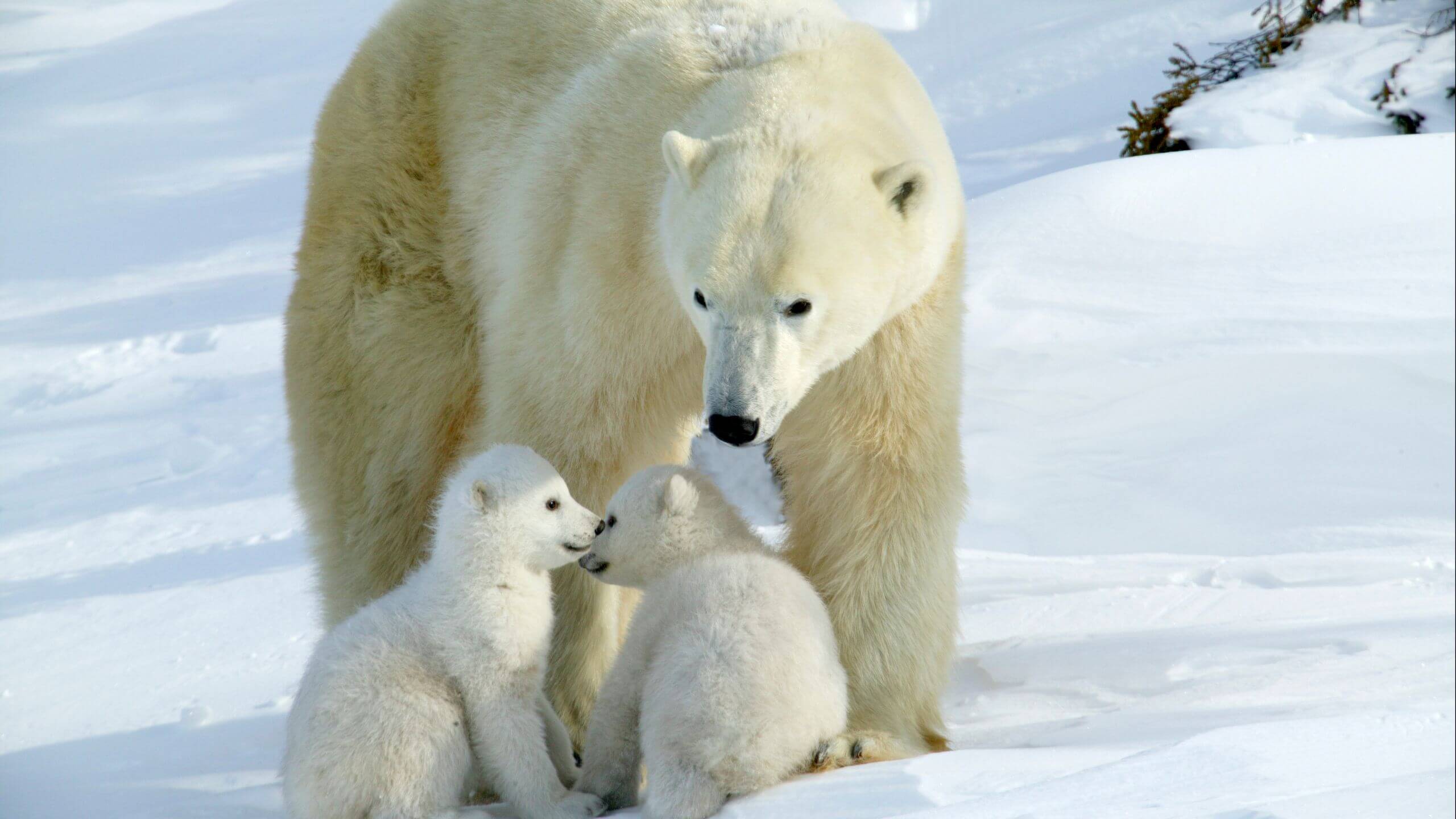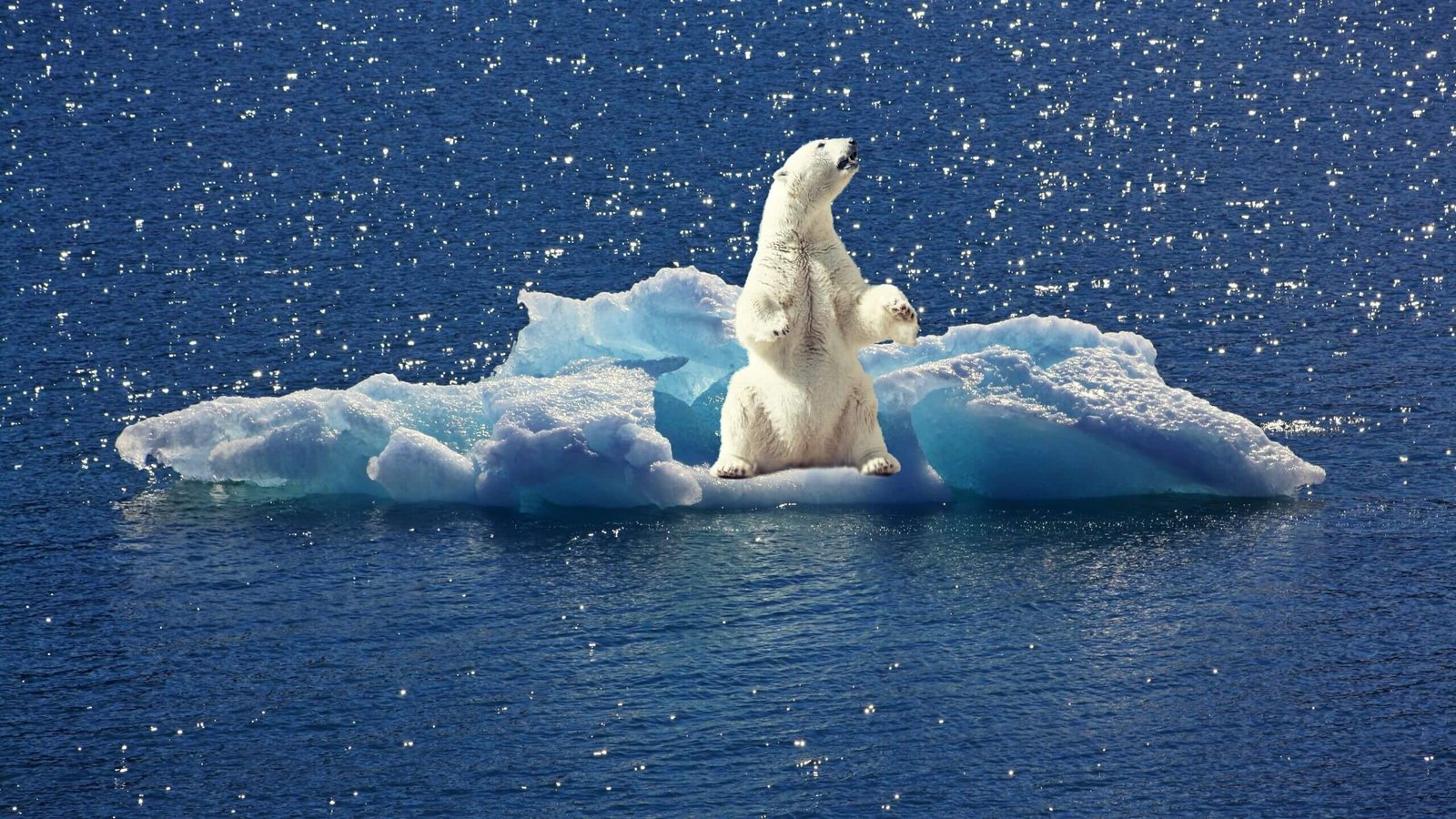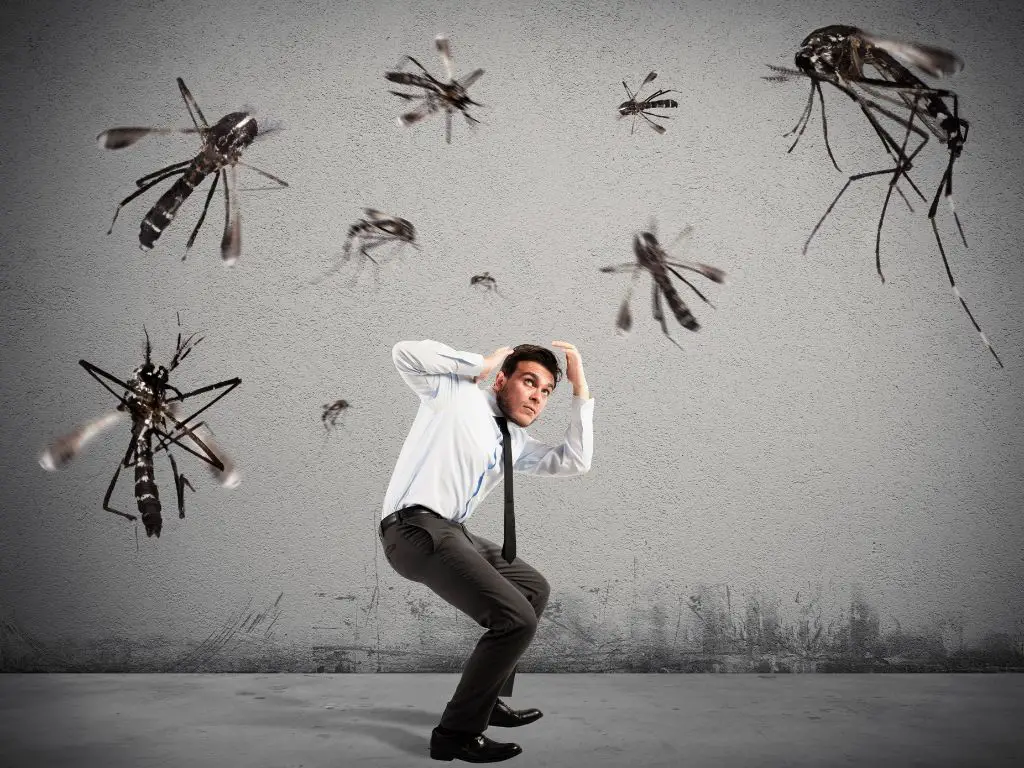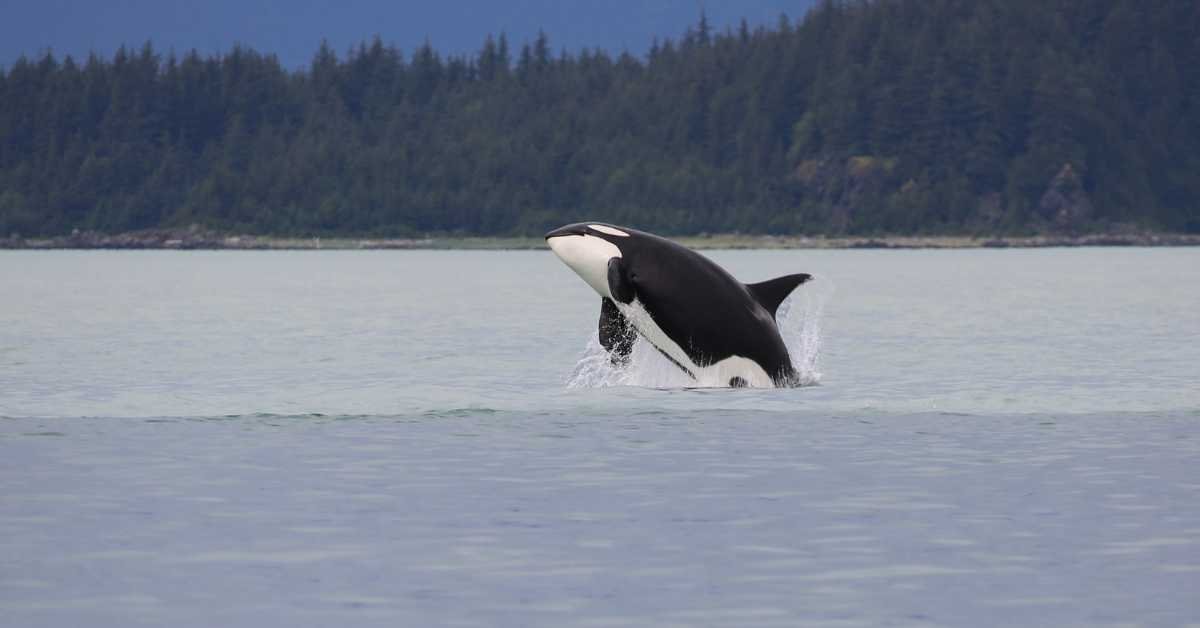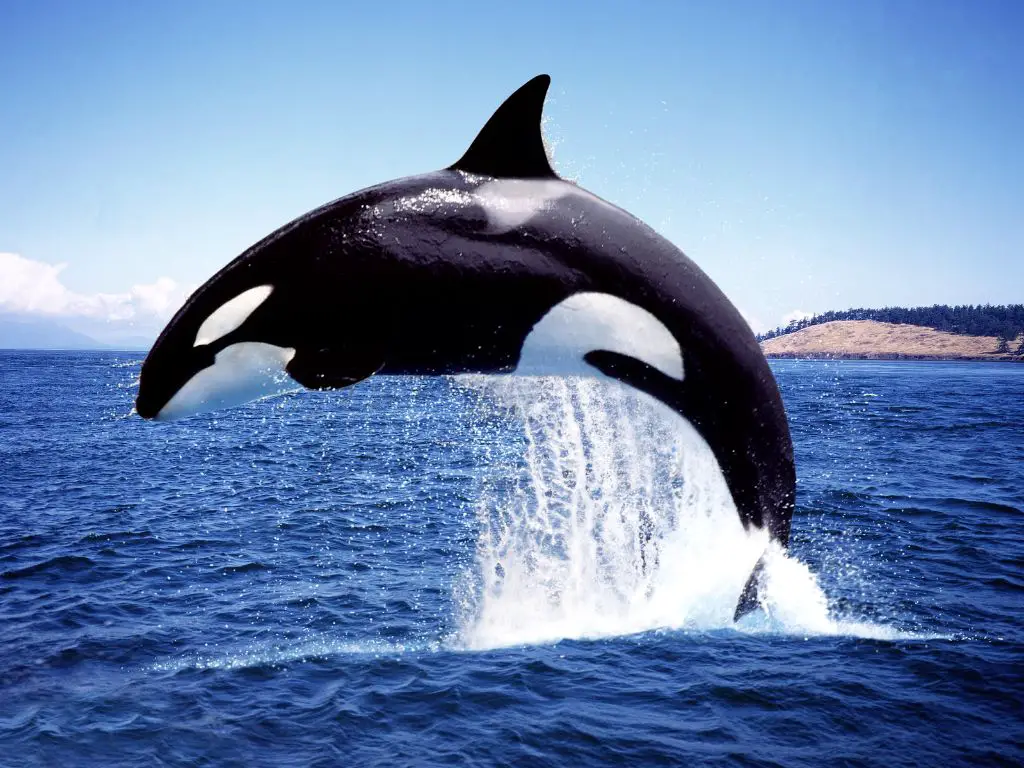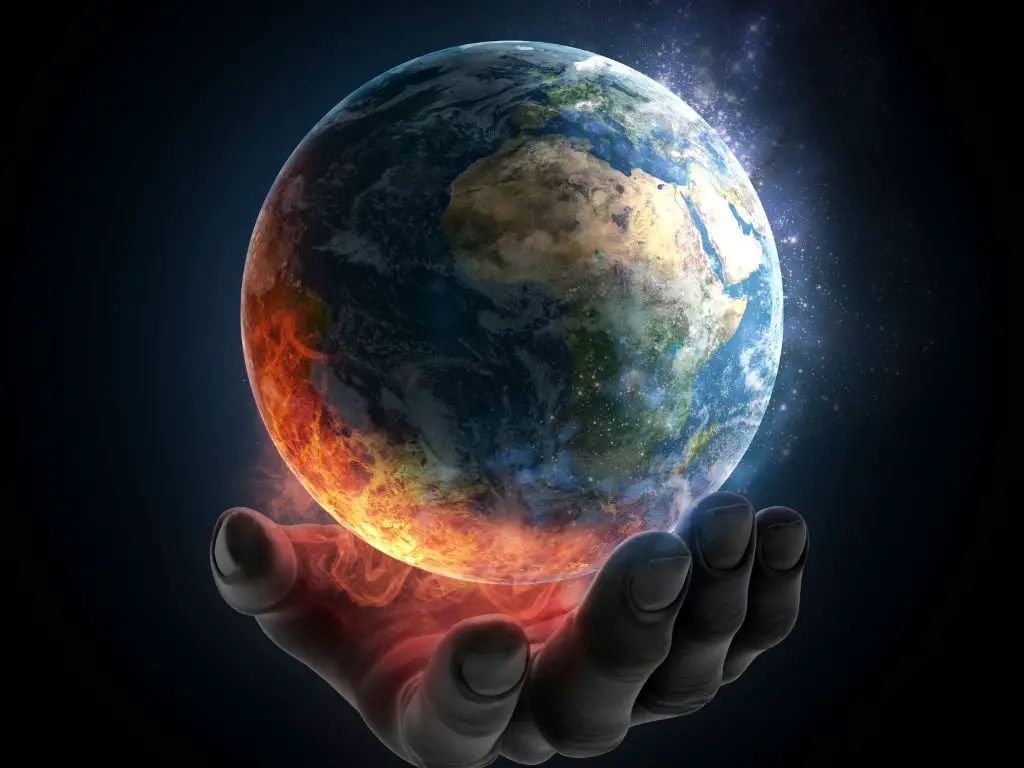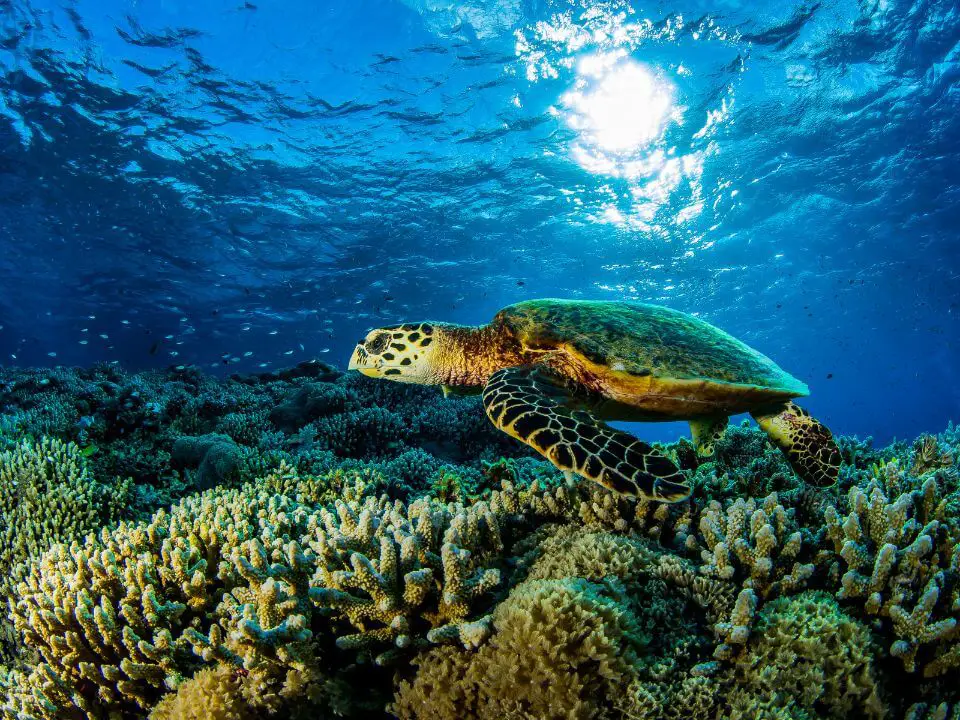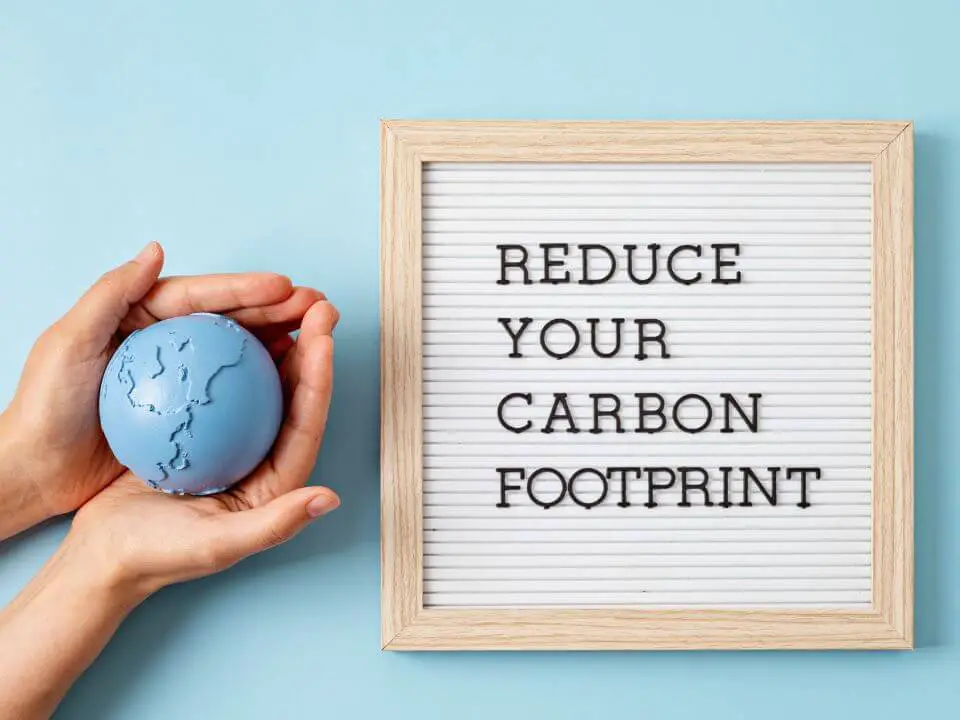Category: Environment
What Does An Ecopsychologist Study – Ecopsychologist Salary
Ecopsychology is a field of study that seeks to understand the relationship between humans and the natural world. It combines the principles of psychology with an understanding of the environment to explore how our connection to nature impacts our mental health and well-being. Ecopsychologists also work to promote environmental conservation and sustainable living practices. In…
Written by
How Many Polar Bears Left In The World – Polar Bear Population
The estimated number of polar bears left in the world is between 22,000 and 31,000. Polar Bears are the most iconic species of the arctic ecosystem. But they are also the most affected species due to a variety of factors, including climate change and hunting, causing a severe decline of the population. Polar Bears lost…
Written by
Why are polar bears important to the ecosystem – How to save polar bears from global warming
Polar bears are the iconic species of the arctic ecosystem. They are one of the most significantly affected species due to climate change. They depend on sea ice to breed, hunt, and roam and sea ice is melting because of global warming. Let’s take an insight into why polar bears are so important to the…
Written by
Why are mosquitoes important?
Mosquitoes are one of the most ubiquitous and annoying insects on the planet. Despite their irritating presence, there is a purpose for mosquitoes that goes beyond simply being an annoyance. In fact, they play an important role in our environment by providing food for other animals and helping to pollinate plants. Furthermore, some species of…
Written by
How Many Killer Whales Are Left In The World – Orca Population
Killer whale or Orca is an iconic species of cetaceans that belongs to the family of oceanic dolphins. It is the top predator of the ocean and is known to attack calves of baleen whales and even adult whales. Like other terrestrial and aquatic animals, killer whales or Orcas are also in threat because of…
Written by
Why are orcas important to the ecosystem?
Orcas serve an integral purpose when it comes protecting our oceans’ fragile ecosystems—not only do they directly regulate prey numbers but they indirectly contribute towards nutrient cycling processes while simultaneously offering us valuable insight into what makes up a healthy marine habitat overall! From controlling food chains with precision hunting tactics down even educating us…
Written by
Will mankind destroy itself – What species will dominate after humans
The question of whether or not mankind will destroy itself is a difficult one to answer. On the one hand, it can be argued that human beings have always had an innate capacity for self-destruction and destruction of their environment, which could eventually lead to our own demise. On the other hand, technological advances and…
Written by
Are Coral Reefs Dying – Why Are Coral Reefs Dying
Coral reefs are one of the most important ecosystems on Earth. They provide a home for 25% of all marine life and support the livelihoods of 500 million people. But coral reefs are dying at an alarming rate. Overfishing, pollution, climate change, and other human activities are taking a heavy toll on these vital ecosystems.…
Written by
How I Can Reduce My Carbon Footprint?
A carbon footprint is the total amount of greenhouse gases emitted by an individual, event, organization, or product over a given period of time. Greenhouse gases include carbon dioxide (CO2), methane (CH4), nitrous oxide (N2O), and fluorinated gases such as hydrofluorocarbons (HFCs) and perfluorocarbons (PFCs). The main component of a carbon footprint is the emission…
Written by


